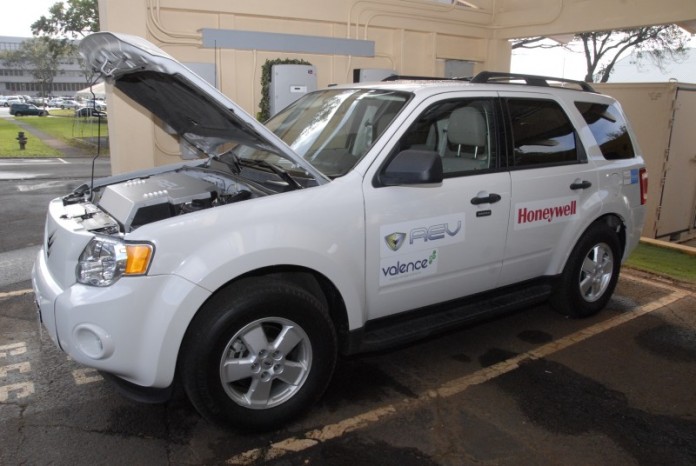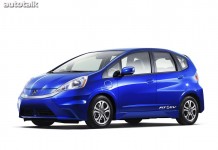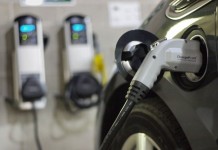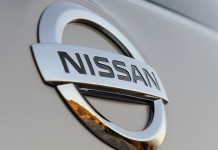In efforts to provide a clean source of “green” power and control nearly any source of electrical power within an existing grid, Col. Douglas Mulbury, commander, U.S. Army Garrison-Hawaii, hosted a formal maile lei untying and demonstration of the Army’s first-ever smart-charging micro grid, Friday, outside the garrison headquarters, here.
“This prototype underscores our stated goal to become the Army benchmark for environmental stewardship,” Mulbury said.
The Smart-Charging Micro Grid, or SCMG, system consists of 25 kilowatts of solar power array, 200 kilowatt-hours of battery storage and four plug-in electric vehicles. The system powers four electric vehicles and has the ability to provide instant backup power to support three buildings for 72 hours, including the garrison headquarters.
“Using the sun’s plentiful power here in Hawaii, this simple carport is a power management system, capable of supplying electricity for the two, three-story buildings on the left, and our garrison headquarters – totally independent of the commercial power grid,” Mulbury said, as he described the system while standing under the photovoltaic upgraded carport.
The pilot program is a prototype designed to help make the installation energy independent. The U.S. Army Tank Automotive Research, Development and Engineering Center, or TARDEC, along with private industry, created the prototype.
“For years, TARDEC has been advancing micro grid power, and we saw an opportunity to make it mobile by using hybrid trucks that export power. This can benefit our Soldiers immediately,” said Paul Makar, project manager at TARDEC’s National Automotive Center. “We also saw an opportunity to incorporate renewable energy sources, including wind and solar power into the package.”
Headquartered at the Detroit Arsenal, TARDEC is the nation’s laboratory for advanced military automotive technology and serves as the Ground Systems Integrator for all Department of Defense manned and unmanned ground vehicle systems.
“Few people realize that more than half of the fuel that we deliver over tenuous supply lines to forward operating bases is used to generate electrical power – more than is consumed by ground vehicles and aircraft combined,” said Dean McGrew of TARDEC. “(With this system,) a tremendous amount of fuel can be saved, which means that lives and money can be saved because we will no longer need as many fuel trucks. Our fighting troops can focus more on the enemy and tactical objectives, and less on protecting vulnerable supply.”









